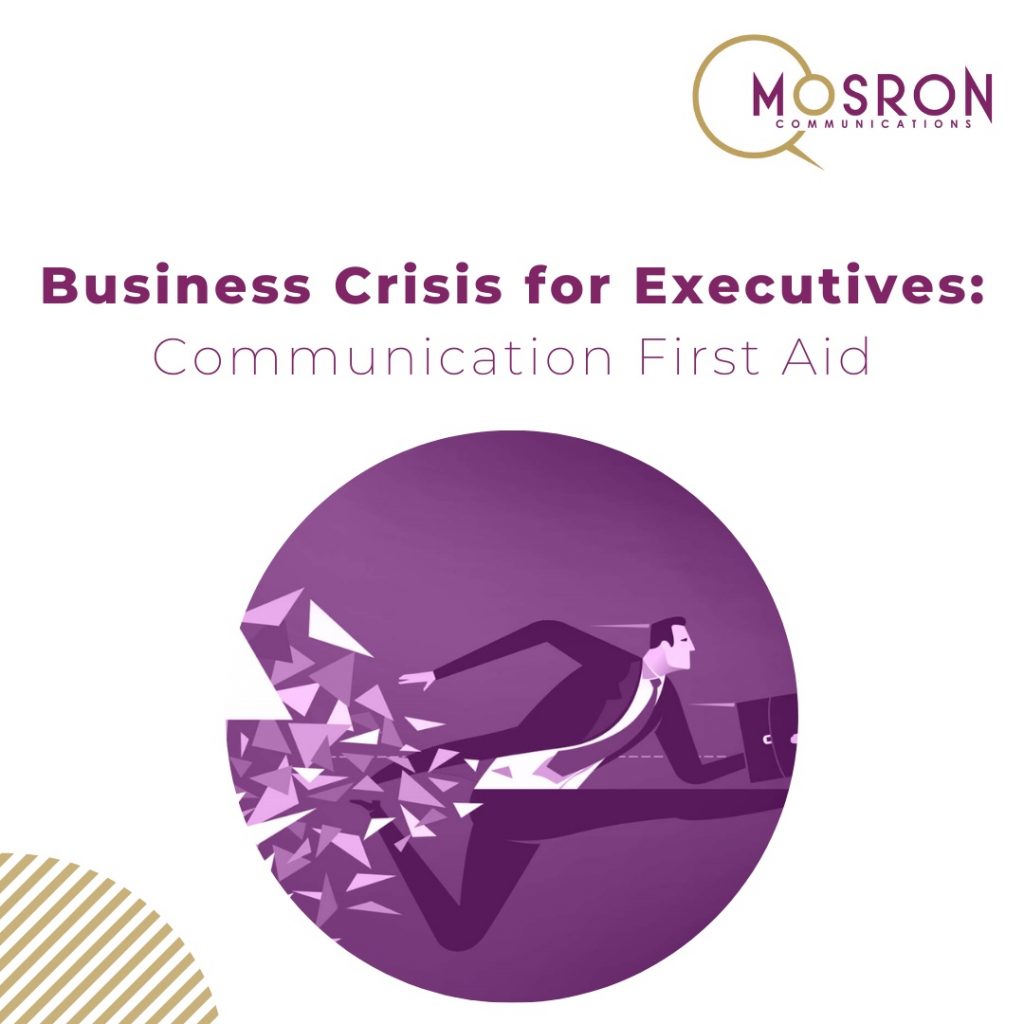Crises cost a lot.
When a reputational crisis strikes, it inevitably leads to a business one: shares devalue, market capitalisation decreases, partners terminate contracts and customer acquisition cost skyrockets. Even when a crisis hits only the C-suite, the whole corporate entity must brace for impact as stakeholders interlink executives and their companies. Slurps on an executive\’s reputation project negative associations to the organisations they own which now are also perceived as untrustworthy. Vice versa, a prolonged and visible business crisis undermines the reputation of an organisation and / or those who manage it.
The longer such predicament persists, the more losses occur. In the long term, a fatal blend of reputational and business crisis can result in cancelling the brand in the market. However, in a case where the crisis is prolonged, it would be too late to make crisis management plans — it is time to immediately manage the situation.
Our #MosronCommunications team has prepared a guideline of the first aid for senior executives and their companies on how to avoid a business surgery putting a communications bandage.
Step 1: Own the Problem to Lead the Crisis Narrative. While it is important to take your time before commenting on the crisis-triggering issue, time this period properly. If you let it last more than necessary, media and social media can take the reins and distort your story. Acknowledge the problem in public, let your external stakeholders know that you are aware and working on the resolution, but hold on before accepting or denying your fault.
Step 2: Contact Your Internal Stakeholders. Your employees and shareholders are the ambassadors of your brand who can help restore your organisation even if it is damaged from outside. They need to hear all delicate information from you first, not from external sources. Design comprehensive and apt messages and choose suitable channels to deliver them internally.
Step 3: Check the Facts and Confirm if You Have Something to Apologise For. Once you publicly apologise, you accept that you are guilty of whatever accusation is stacked against you. Confirm whether any misstep of yours has really taken place to craft a persuasive and most importantly honest statement.
Step 4: Make a Holding Statement on Your Owned Social Media and Share It With Credible Journalists. After you confirm the presence or absence of a real fault, a holding statement to acknowledge the problem and preliminary resolutions to be taken by you / the company will appease the public to some extent. During the crisis, prolonged silence is what your stakeholders are most sceptical about. Nevertheless, the void should not be filled haphazardly and hastily: you should speak only about what is inspected and proved true. If you require more time to connect all dots, mention it to the public.
Step 5: Take Stock of Management Decisions Necessary to Eliminate the Problem and Communicate Them to the Public. Sometimes a root and branch change in the organisational structure and culture is necessary after a negative disruption. Once you make a crucial management decision and it serves to reclaim the business losses, make it known to the audience.
As we understand the real cost of crises and work both on the proactive and reactive fronts to prevent them from happening, we do believe that you will stick to the motto \”prevention is better than cure\”.
#MosronCommunications
#PublicRelationsConsultants
#PartnersNotVendors

